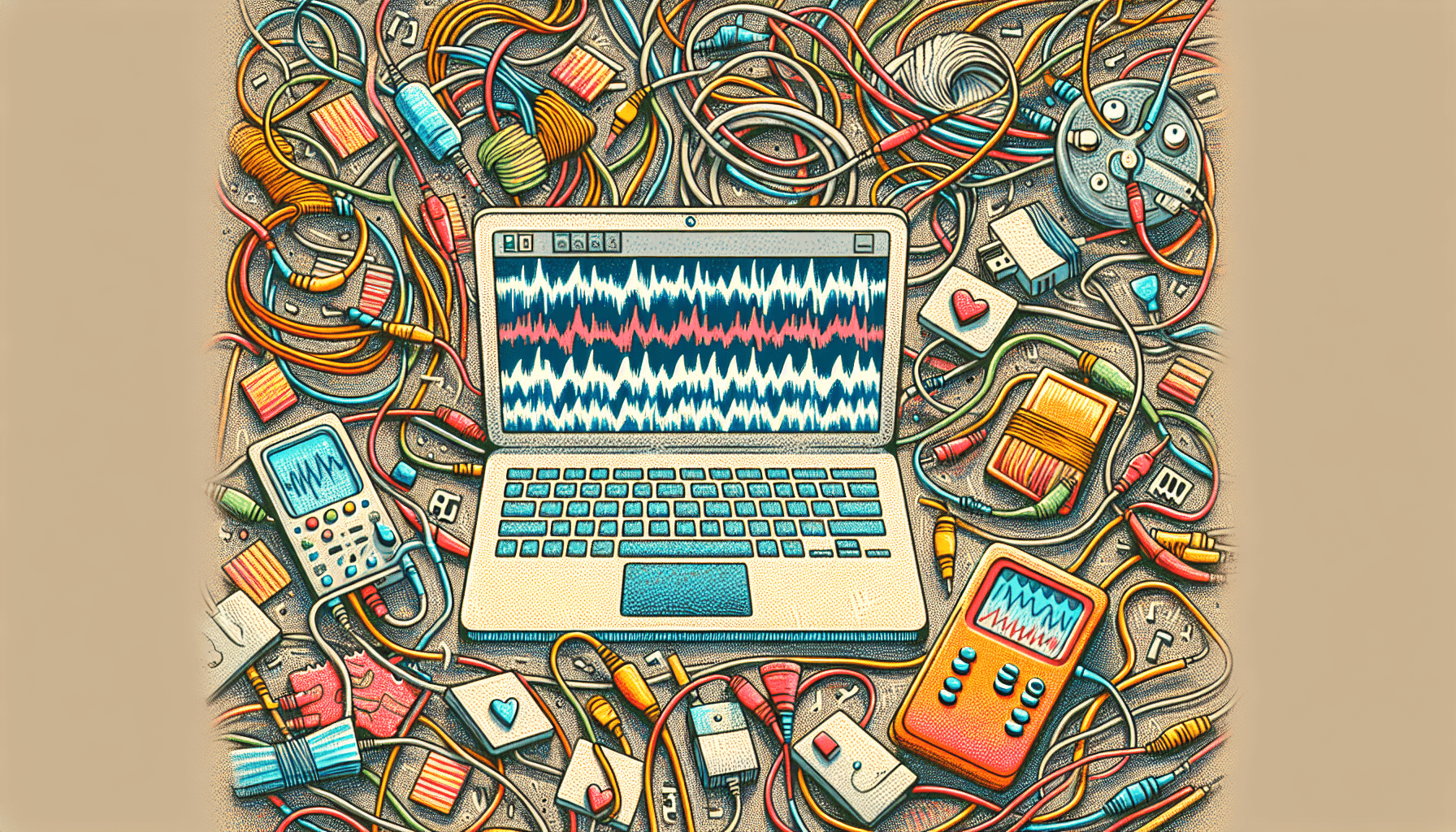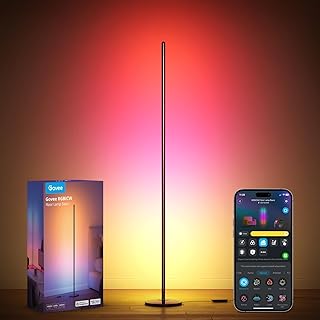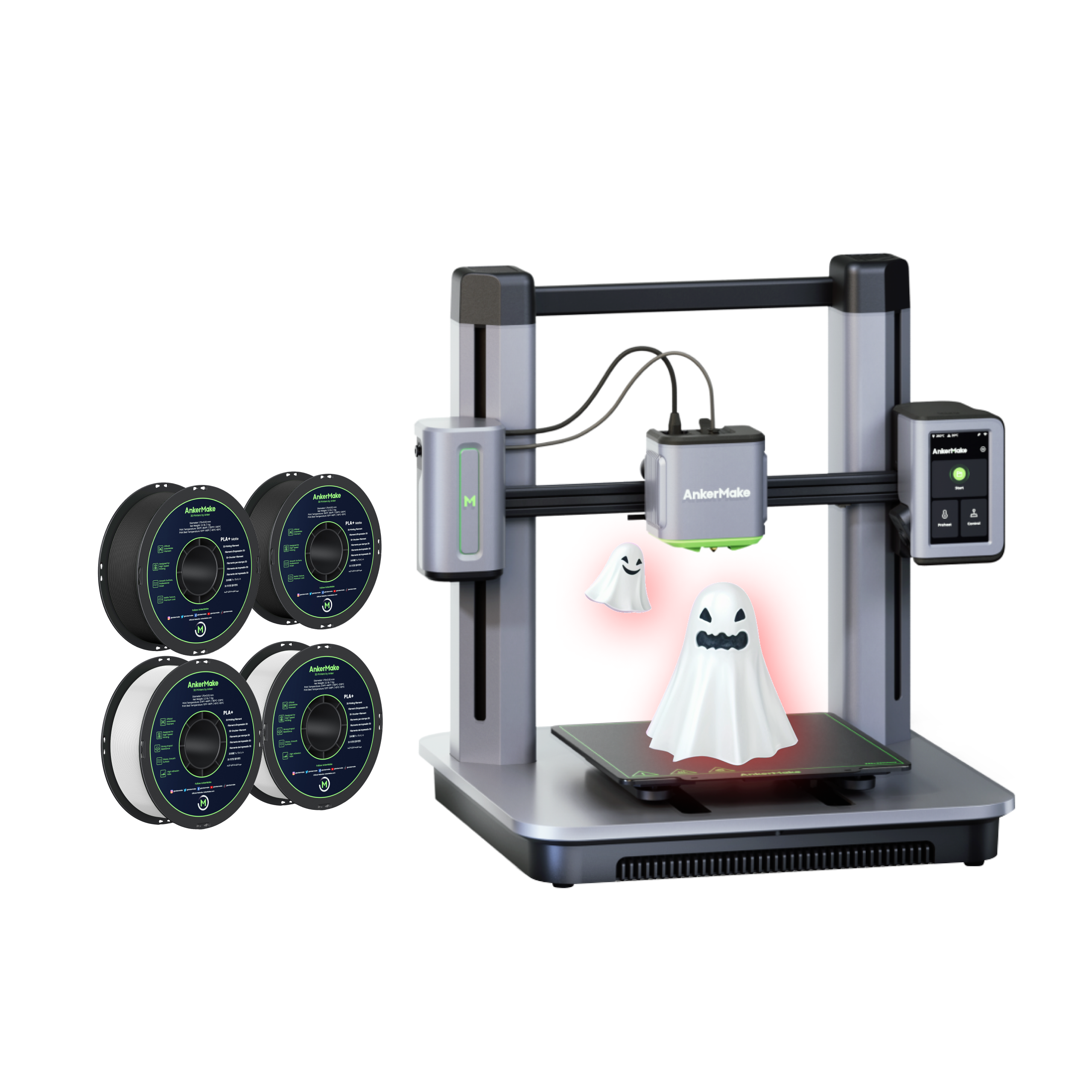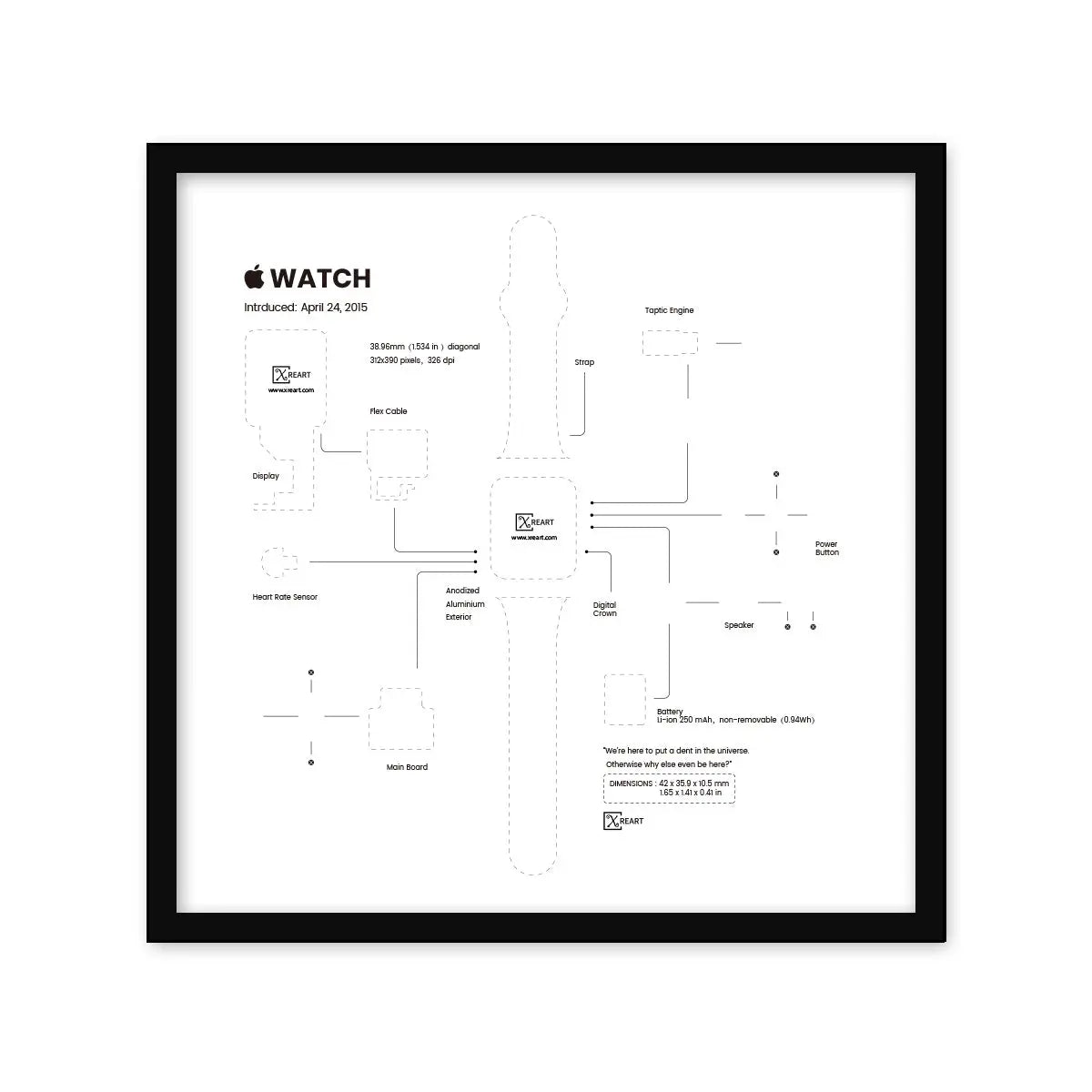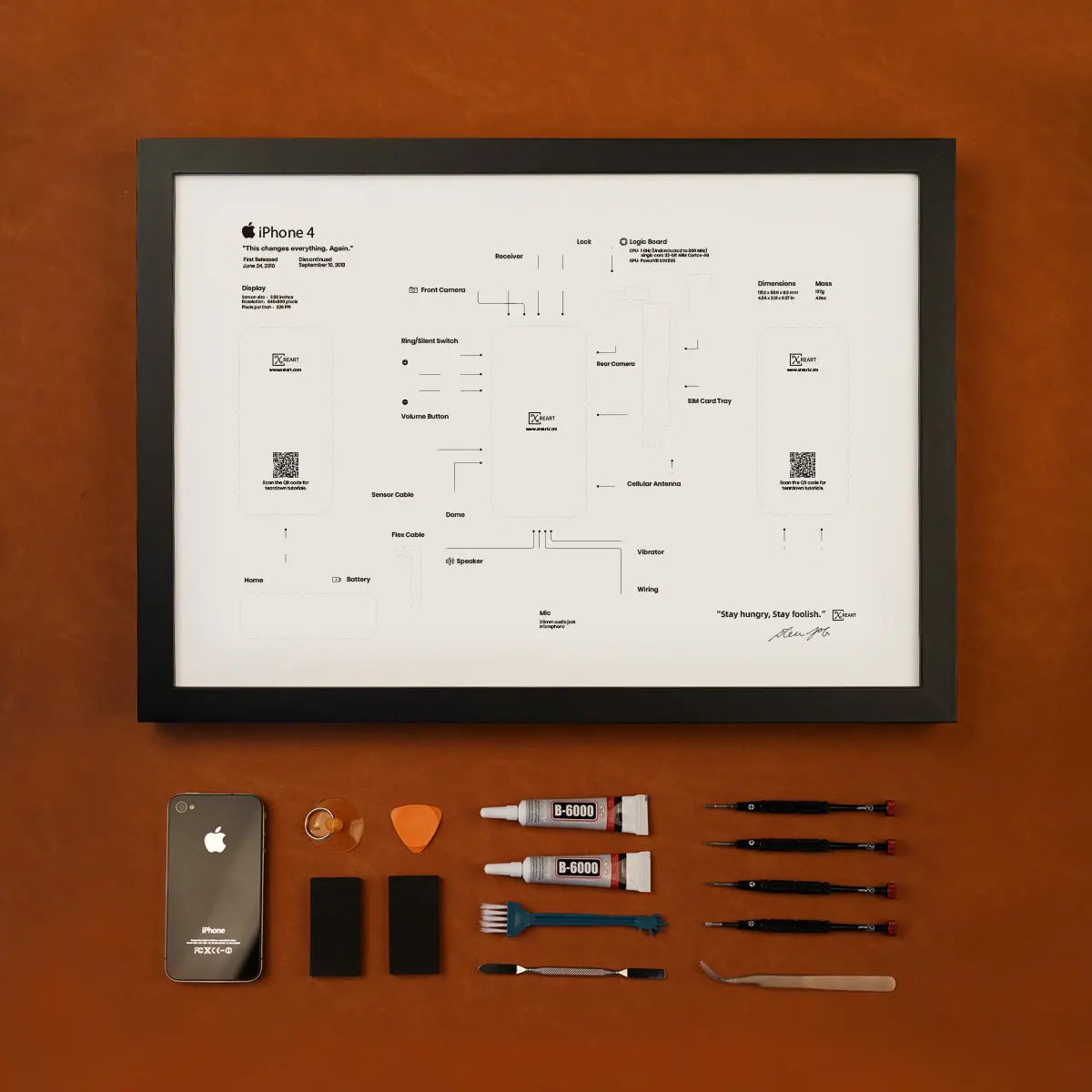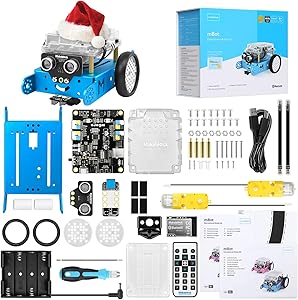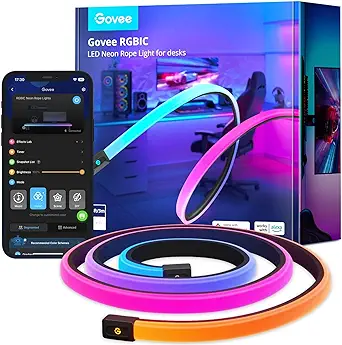EEG technology or electroencephalography is not just a tool of the medical field anymore; it’s becoming an exciting playground for DIY enthusiasts. As we dive deeper into creating our own brain-computer interfaces at home, our imagination is the only limit. A recent Reddit thread caught the attention of many, revealing innovative ideas and community-driven projects that demystify this fascinating technology.
Understanding EEG Technology
What Is EEG?
Electroencephalography (EEG) is a technique used to record the electrical activity of the brain. Electrodes placed on the scalp detect voltage fluctuations resulting from ionic current flows within the neurons. Its development dates back to the early 20th century, with Hans Berger being the first to document EEG readings. Over the years, EEG has progressed from a predominantly medical application to a versatile tool useful in various fields, including gaming and education.
How Brain-Computer Interfaces Work
At the heart of brain-computer interfaces (BCIs) is the ability to translate brain signals into actionable data. BCIs interpret the electrical activity captured by EEG and then convert these signals into commands for external devices. For example, these systems can be used to control a robot, navigate a wheelchair, or even manipulate video game features with mere thoughts. The versatility of BCIs is leading to exciting advancements across multiple domains, from enhancing gameplay to developing accessibility solutions for individuals with disabilities.
Community Insights and Suggestions
Overview of the Reddit Thread
Reddit has long been a vibrant community for sharing knowledge, and the recent discussion surrounding DIY EEG technologies is a testament to this spirit. Users shared their triumphs and trials while crafting their own BCIs. With detailed anecdotes, many contributors highlighted common projects like simple EEG setups for gaming interfaces or using brain signals to create interactive art. Such grassroots innovation showcases the power of community and collaboration.
Toolkits and Components
Building your own DIY EEG system can be a rewarding experience, but you need the right materials. Key components mentioned in the Reddit thread include:
- Electrodes
- Amplifiers
- Microcontrollers (like Arduino)
- Conductive gel or paste
As one user eloquently put it, “The journey starts with the simplest of setups. With some wires and creativity, you can make magic.” Community members emphasized the importance of sourcing quality components and shared recommendations for suppliers. Engaging with the community can also provide additional insights into troubleshooting and expanding your knowledge.
Step-by-Step Guide to Creating a DIY EEG Interface
Preparations
Before you start assembling your EEG interface, make sure you have essential tools ready, including a soldering iron, multimeter, and a steady workspace. Safety is paramount; always test your equipment without powering anything that could cause harm. Familiarize yourself with grounding techniques to prevent electrical shock.
Building the Interface
This is where the fun begins. The first step in creating your DIY EEG interface is assembling the electrodes onto a conductive cap or headband that can securely sit on the scalp. Connect these electrodes to an amplifier circuit designed to boost the faint signals received from the brain. The amplified signals will then be sent to your microcontroller, which processes the data. One user shared a detailed guide that mapped this process clearly, making it accessible even for beginners.
Software Setup
Once your hardware is in place, it’s time to process the EEG signals. Software options like OpenBCI and NeuroSky provide an excellent start for actualizing your ideas. These platforms allow you to visualize the brain’s electrical activity in real-time, enhancing your interaction with the BCI. Many users recommend combing through online repositories for additional libraries and tools that can help refine your installation.
Potential Applications of DIY EEG Technology
Home Robotics
Imagine using your thoughts to control a robot in your living room. DIY EEG technology opens the door for innovations like robotics controlled by brain signals. You can program your robot to follow command signals from your brain waves, which can lead to fascinating experiments and applications.
Creative Projects
Artists are also exploring ways to incorporate EEG technology into their work. By using brain data to generate visual art or music, creators can blend technology and creativity like never before. One aspiring artist from the Reddit thread described how they use EEG to create music that reacts to their brain activity, leading to an interaction based on the artist’s emotional state.
Accessibility Solutions
On a more serious and impactful note, DIY BCIs hold potential for aiding those with mobility impairments. Simple BCI devices can enable users to control wheelchairs or computers just through their thoughts. One community member shared how their project supported a friend dealing with paralysis, allowing them to interact more freely with their environment.
Final Thoughts
The rise of DIY EEG technologies marks a creative revolution. With the resources available and the support of the online community, anyone can delve into the world of brain-computer interfaces. Whether it’s building a fun project or making a profound difference in the lives of others, the possibilities are endless. I encourage all aspiring makers to take that leap, explore, and share their findings with the community.

